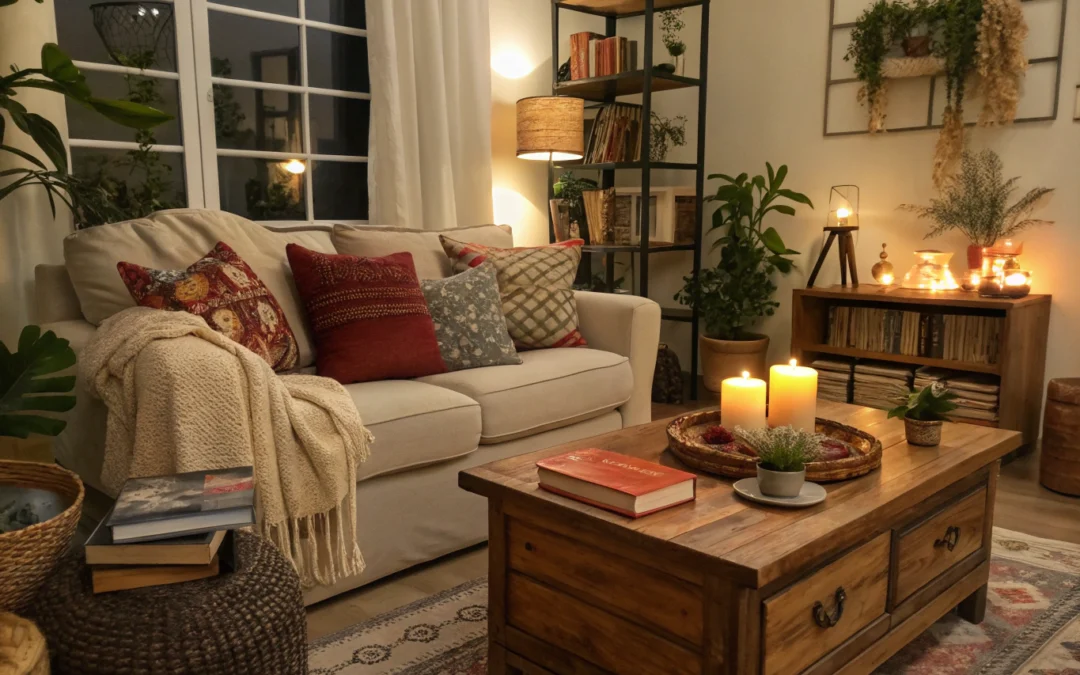Transform Your Space with Stylish Living Room Panelling
Living room panelling has become a popular design trend, offering a timeless way to add character, warmth, and texture to your home. Whether you’re aiming for a classic, modern, or eclectic vibe, panelling can dramatically elevate the aesthetic of your living space. For an in-depth guide on how to use this versatile design element, check out living room panelling.
Why Choose Panelling for Your Living Room?
Panelling is more than just a decorative feature—it’s a design solution that enhances both form and function. It adds depth and dimension to plain walls, turning them into focal points that capture attention. Beyond aesthetics, panelling can also improve the acoustics of a room and provide insulation, making your living space cozier and more inviting.
One of the key benefits of living room panelling is its versatility. It works well with various materials, finishes, and styles, allowing you to customize it to fit your personal taste. Whether you prefer rich wood textures or sleek painted panels, panelling can seamlessly blend with your existing decor or serve as the starting point for a complete room makeover.
Popular Types of Living Room Panelling
When it comes to choosing panelling, there are several popular styles to consider, each offering a unique look and feel:
- Wainscoting: Typically covering the lower third of a wall, wainscoting adds elegance and protects walls from scuffs and damage. It often features raised or recessed panels with decorative mouldings.
- Shiplap: Characterized by horizontal wooden boards with slight gaps, shiplap gives a rustic, farmhouse charm. It’s perfect for casual, cozy living rooms.
- Beadboard: Featuring narrow vertical planks with grooves, beadboard adds texture and a cottage-style feel. It’s a popular choice for creating a quaint, inviting atmosphere.
- Box Panelling: This style uses square or rectangular panels framed by mouldings, offering a structured and sophisticated look ideal for traditional or transitional interiors.
Materials and Finishes
The choice of material plays a crucial role in the overall vibe of your panelling. Wood remains the classic option, with varieties ranging from hardwoods like oak and walnut to more affordable softwoods like pine. For a modern twist, MDF or plywood panels can be painted in bold or neutral hues to complement your decor.
Finishes can vary from natural wood stains that showcase the grain to glossy or matte paints that add color and contrast. Some homeowners even experiment with textured or patterned finishes to create a statement wall that truly stands out.
How to Incorporate Panelling in Your Living Room
Adding panelling to your living room requires a thoughtful approach to ensure it enhances the space without overwhelming it. Here are some tips to consider:
Choose the Right Wall
Focusing on a single wall—often the one behind the sofa or fireplace—can create a stunning focal point without overpowering the room. Alternatively, panelling an entire room can add a luxurious, enveloping feel, but this works best in larger spaces.
Coordinate with Furniture and Decor
Your panelling should complement your furniture and accessories. For example, dark wood panelling pairs beautifully with leather or velvet seating, while painted panels can brighten up rooms with minimalist or Scandinavian design elements.
Consider Lighting
Lighting can dramatically affect how panelling looks. Accent lighting, such as wall sconces or picture lights, can highlight textures and details, while softer ambient lighting creates a cozy atmosphere.
Maintaining Your Panelling
Proper care will keep your living room panelling looking fresh and beautiful for years. Dust regularly and clean with a damp cloth, avoiding harsh chemicals that could damage finishes. For wooden panels, occasional polishing or refinishing may be necessary depending on wear and exposure.
Final Thoughts
Living room panelling offers an elegant and practical way to transform your home. From classic wainscoting to modern painted panels, the options are endless and adaptable to any style. By carefully selecting materials, finishes, and placement, you can create a space that feels both inviting and uniquely yours.
To explore different ideas and detailed guidance on choosing and installing panelling, be sure to visit living room panelling.

